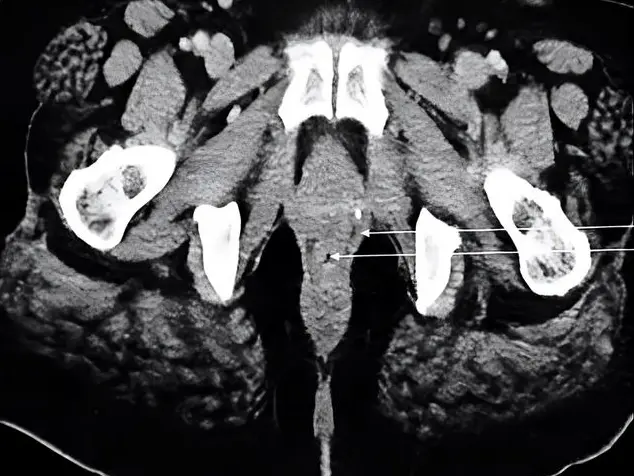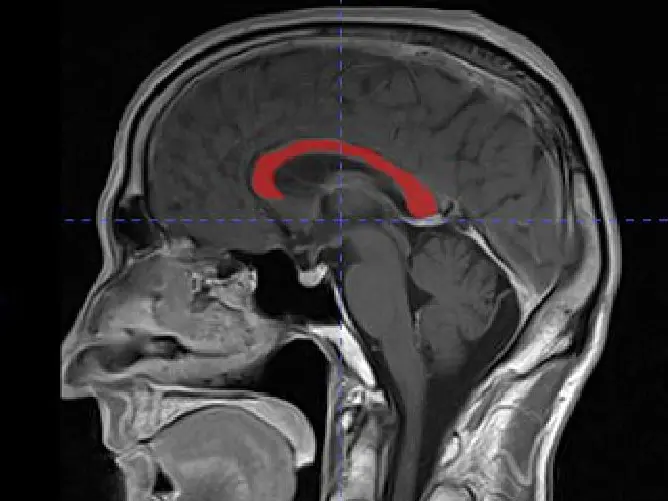The purpose of this study was to establish an appropriate measurement system to accurately determine scaphoid anthropometry. It has been found that, following a scaphoid fracture, it is as important to achieve healing as it is to restore the bone’s natural anatomy. To that end we performed an analysis comparing macroscopic caliper-based measurements with digital CT-based measurements of a 3D reconstructed scaphoid. A caliper was used to macroscopically measure twenty-six scaphoid specimens, evaluating length and thickness, both at the level of the waist and of the poles. Subsequently, a CT-scan was performed of all scaphoid specimens making the measurements once again with the same bone landmarks, but using the 3D CT reconstruction. Lastly, a comparative study was performed between the results of the two measuring systems employed.
A statistically significant mean difference was found (p<0.05) between the macroscopic and the digital measurements, both in terms of the length [0.51 mm (SD=0.79)] and the thickness of the waist [0.57 mm (SD= 0.76)]. This means that significant differences do exist between measuring the length and the thickness of the scaphoid waist digitally or with a caliper. Lastly, a comparison was made between the samples from the proximal pole with those from the distal pole. Although no significant differences were observed between one measuring system and the other with respect to the proximal pole, statistically significant differences were found regarding the distal pole measurements (p=0.003). Digital measurements were seen to be superior to macroscopic measurements, as they provided more reliable and accurate results. To minimize errors when making digital measurements it is essential to perform a CT-scan where slice interval is smaller than slice thickness. Moreover, female scaphoids have shown themselves to be morphometrically smaller than male scaphoids.



